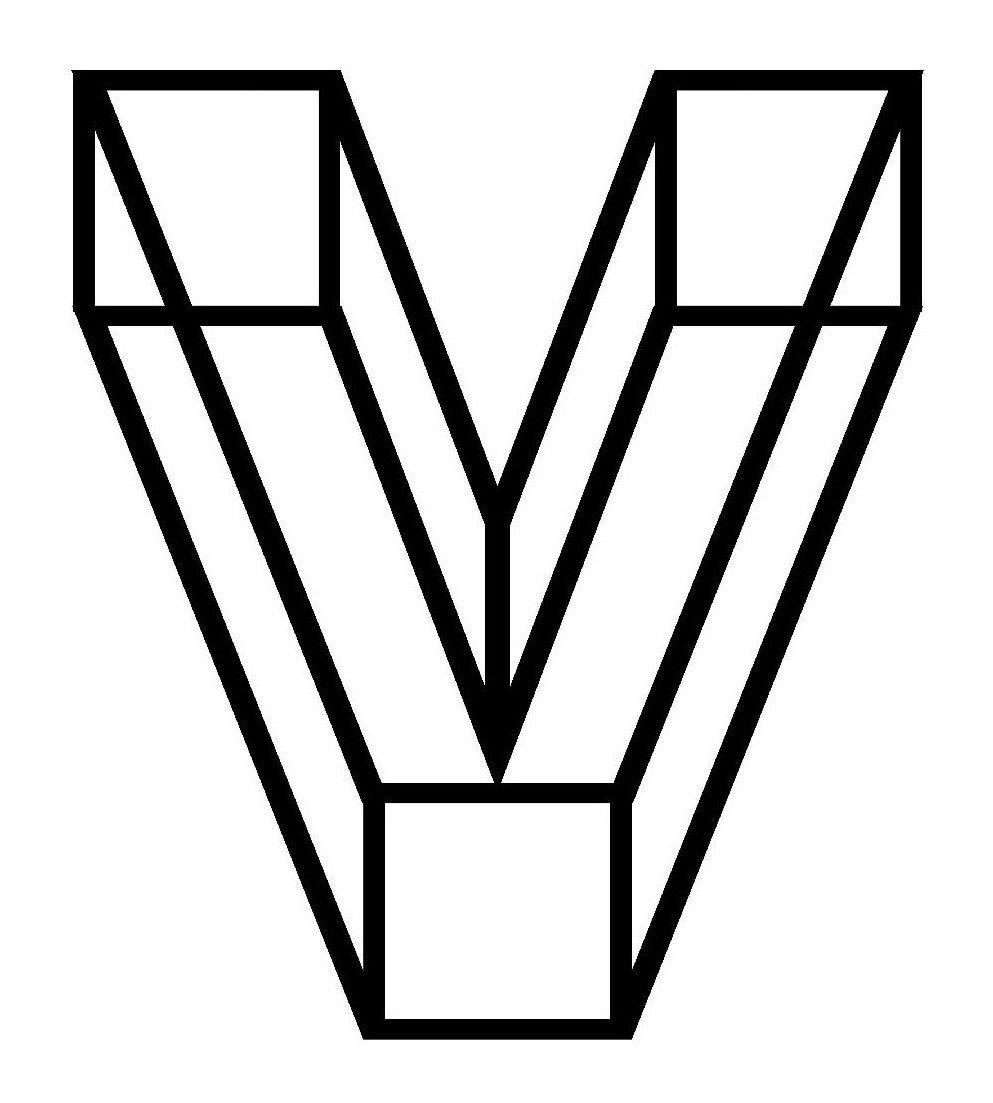NOW, NOW, LOUISON by Jean Frémon — Reviewed by Thomas
Now, Now, Louison by Jean Frémon (translated from French by Cole Swensen)
Whose is this voice, addressing the artist Louise Bourgeois as ‘you’? It is the voice of Louise Bourgeois as written by Jean Frémon, a gallerist and writer who knew her and has written this insightful, beautifully written little book, which could be classified as a 'second-person ventriloquised autobiographical fiction'. Bourgeois is here, as in her art, both ‘I’ and ‘you’, both present and cast through time, both active and passive, both spectator and actor, both mathematician and instrument of the id, both innocent and knowing, at once both highly connected and aware and utterly separate, both ancient and young; gendered, ungendered, double- and multi-gendered; highly personal and rigorously particular, yet also universal. Bourgeois inhabits a zone that is at once “too complicated and too clear. No need to shed too much light on it,” a zone of vagueness in which the body is the territory of metaphors, though never of signs, the zone from which the formless coalesces into form. Bourgeois’s dreams are as real — and as inscrutable — as actuality: “Let them decipher my dreams — me, I’m fine with the mystery. No need to interpret them. Obscurity has its virtues.” Frémon-Bourgeois captures perfectly the singular intensity and fluidity of awareness that both enables and accesses art like that of Bourgeois, a mode of approach in which the distinction between initiative and surrender is erased. The book explores the key experiences of Bourgeois’s life without converting them into fact — they remain experiences, with all the ambivalences of experiences (though I here list them as facts): her childhood in France, where she would make the representations of leaves and branches with which her mother would replace the genitals cut from old tapestries in her family’s tapestry refurbishment business; her father’s philandering and double standards; her obsessiveness; her sensitivity to trauma, especially childhood trauma; her mother’s death, which prompted Louise to abandon mathematics for art; her departure for New York (“That’s what exile’s like. Apart from here and part from there, apart from everything. … Take an electric adaptor along with you.”); her long obscurity as an artist; her long loneliness following the death of her partner; her immense productivity; her ‘discovery’ in old age; her continued immense productivity; her very old age; her death. Bourgeois strives to understand what Frémon-Bourgeois calls “the survival of the unfit”, the evolutionary counter to the survival of the fittest. Art, perhaps, is a method of survival, as it is for Cyclose and Uloborus spiders, who “sculpt doubles of themselves, and then they place them on the web where they can be easily seen so that predators will attack this bait instead of them.” For Bourgeois only the gauche is beautiful: “Aim for beauty, and you get the vapid, aim for something else — encyclopedic knowledge, systematic inventory, structural analysis, personal obsession, or just a mental itch that responds to scratching — and you end up with beauty. Beauty is only a by-product, unsought, yet available to amateurs and impenitent believers.” And all the time, there is the artist who is indistinguishable from her art yet inaccessible through it (because her art is primarily a point of access to ourselves): “I am what I make and nothing else. I make, I unmake, I remake.”

